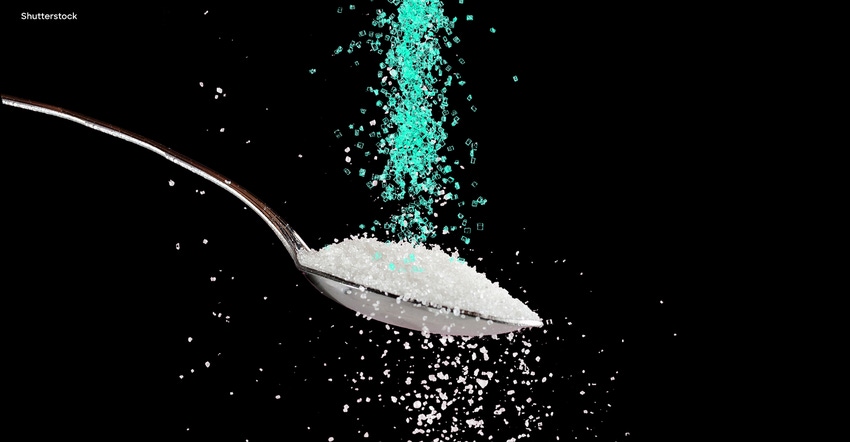Naturally intense: Alternative sweeteners find middle ground – digital magazine
F&B brands are finding ways to make zero sugar, alt-sugars and/or sugar reduction an important part of their product lines. This market analysis explores the latest ingredients and formulation considerations.
February 16, 2023

Food and beverage brands continue to try to find the balance between consumer desire for indulgent sweet treats and an increasing focus on overall wellness. It can be a moving target, with preferences ranging sugar reduction (alone or in combination with sugar alternatives), natural sweeteners or even artificial sweeteners like Ace-K [acesulfame potassium], aspartame, saccharin and sucralose. Shoppers are becoming savvier when reading labels, particularly for added sugar content types of sweetener sources. Stevia, monk fruit and erythritol are popular sugar-reduction options, as are sweeteners derived from honey, coconut or dates.
This digital magazine looks at the latest crop of food and beverage sweetener options and how they stack up against preferences for clean label living and sugar reduction.
The articles include:
Slowing down the sugar rush
Across the globe, food and beverage manufacturers are tapping into a variety of alternative sweeteners to help reduce or eliminate sugar content. In this viewpoint, Food and Beverage Insider Content Director Audarshia Townsend shares how she saw (and tasted!) companies innovating at the Winter Fancy Food Show in Las Vegas.
Sugar substitutes are keeping labels clean and healthy
From fruit juices to chocolate chip cookies, sugar content is under attack. Writer Mindy Kolof explains how many alternative sweeteners are using technological advances such as fermentation, bioconversion or enzymatic production to replicate sugars or create suitable replacements.
Holistic formulation approach may benefit sugar reduction
Meeting consumer expectations for sweetness is one of the food developer’s greatest challenges. Contributor Cindy Hazen details how leveraging the interplay between alternative sweeteners and other ingredients can help support a well-rounded product, health perception and ingredient deck.
Consumers want it all from natural sweeteners, experts say
Executives from CPG companies Fila Manila, Perfy and UniTE reveal market insight on natural sweetener ingredients and formulation challenges. They also tell author Melissa Kvidahl Reilly how they found brand success in a world where consumers want sugary goods but need to find healthier options.
Examples of sweeteners takeaways for your business include:
A clean label can only take a product so far; delicious taste is a must to ensure repeat purchases.
Newer sweeteners—even though considered natural alternatives—may have an uphill battle for consumer acceptance due to unfamiliarity and “chemical sounding” names.
The way a sugar claim is worded on a package resonates differently across generations; however, “lower in sugar” had the greatest purchase impact across all age groups.
Stevioside and Rebaudioside A (Reb A) are the most abundant steviol glycosides in the stevia leaf, but Reb M, Reb D, Reb C and others are also being used in formulations.
When it comes to reduced-sugar products, new technologies, upcycling, sustainability and additional nutritional perks such as fiber content can contribute to a story that helps attract consumers.
Sugar substitute allulose is metabolized by the human body differently than sugar, which helps circumvent an insulin or blood glucose response (Foods. 2021;10[9]:2186).

Read more about:
Digital magazinesYou May Also Like




